HyperEF: Spectral Hypergraph Coarsening by
Effective-Resistance Clustering
Ali Aghdaei
Stevens Institute of Technology
aaghdae1@stevens.edu
Zhuo Feng
Stevens Institute of Technology
zhuo.feng@stevens.edu
Abstract—This paper introduces a scalable algorithmic frame-
work (HyperEF) for spectral coarsening (decomposition) of large-
scale hypergraphs by exploiting hyperedge effective resistances.
Motivated by the latest theoretical framework for low-resistance-
diameter decomposition of simple graphs, HyperEF aims at
decomposing large hypergraphs into multiple node clusters with
only a few inter-cluster hyperedges. The key component in
HyperEF is a nearly-linear time algorithm for estimating hyper-
edge effective resistances, which allows incorporating the latest
diffusion-based non-linear quadratic operators defined on hyper-
graphs. To achieve good runtime scalability, HyperEF searches
within the Krylov subspace (or approximate eigensubspace) for
identifying the nearly-optimal vectors for approximating the hy-
peredge effective resistances. In addition, a node weight propaga-
tion scheme for multilevel spectral hypergraph decomposition has
been introduced for achieving even greater node coarsening ratios.
When compared with state-of-the-art hypergraph partitioning
(clustering) methods, extensive experiment results on real-world
VLSI designs show that HyperEF can more effectively coarsen
(decompose) hypergraphs without losing key structural (spectral)
properties of the original hypergraphs, while achieving over 70×
runtime speedups over hMetis and 20×speedups over HyperSF.
Index Terms—hypergraph coarsening, effective resistance,
spectral graph theory, graph clustering
I. INTRODUCTION
Recent years have witnessed a surge of interest in graph
learning techniques for various applications such as vertex
(data) classification [11], [25], link prediction (recommendation
systems) [28], [37], drug discovery [21], [26], solving partial
differential equations (PDEs) [13], [20], and electronic design
automation (EDA) [17], [23], [35], [36]. The ever-increasing
complexity of modern graphs (networks) inevitably demands
the development of efficient techniques to reduce the size of
the input datasets while preserving the essential properties. To
this end, many research works on graph partitioning, graph
embedding, and graph neural networks (GNNs) exploit graph
coarsening techniques to improve the algorithm scalability, and
accuracy [6], [7], [27], [40].
Hypergraphs are more general than simple graphs since they
allow modeling higher-order relationships among the entities
[24]. The state-of-the-art hypergraph coarsening techniques are
all based on relatively simple heuristics, such as the vertex
similarity or hyperedge similarity [3], [8], [16], [29], [34]. For
example, the hyperedge similarity based coarsening techniques
contract similar hyperedges with large sizes into smaller ones,
which can be easily implemented but may impact the original
hypergraph structural properties; the vertex-similarity based
algorithms rely on checking the distances between vertices
for discovering strongly-coupled (correlated) node clusters,
which can be achieved leveraging hypergraph embedding
that maps each vertex into a low-dimensional vector such
that the Euclidean distance (coupling) between the vertices
can be easily computed in constant time. However, these
simple metrics often fail to capture higher-order global
(structural) relationships in hypergraphs.
The latest theoretical breakthroughs in spectral graph theory
have led to the development of nearly-linear time spectral graph
sparsification (edge reduction) [9], [10], [14], [15], [19], [33],
[38] and coarsening (node reduction) algorithms [22], [39].
However,
existing spectral methods are only applicable to
simple graphs
but not hypergraphs. For example, the effective-
resistance based spectral sparsification method [31] exploits
an effective-resistance based edge sampling scheme, while the
latest practically-efficient sparsification algorithm [10] leverages
generalized eigenvectors for recovering the most influential off-
tree edges for mitigating the mismatches between the subgraph
and the original graph.
On the other hand, spectral theory for hypergraphs has
been less developed due to the more complicated structure
of hypergraphs. For example, a classical spectral method has
been proposed for hypergraphs by converting each hyperedge
into undirected edges using star or clique expansions [12].
However, such a naive hyperedge conversion scheme may
result in lower performance due to ignoring the multi-way
high-order relationship between the entities. A more rigorous
approach by Tasuku and Yuichi [30] generalized spectral
graph sparsification for hypergraph setting by sampling each
hyperedge according to a probability determined based on the
ratio of the hyperedge weight over the minimum degree of
two vertices inside the hyperedge. Another family of spectral
methods for hypergraphs explicitly builds the Laplacian matrix
to analyze the spectral properties of hypergraphs: Zhou et
al. proposes a method to create the Laplacian matrix of
a hypergraph and generalize graph learning algorithms for
hypergraph applications [41]. A more mathematically rigorous
approach by Chan et al. introduces a nonlinear diffusion process
for defining the hypergraph Laplacian operator by measuring
the flow distribution within each hyperedge [4], [5]; moreover,
arXiv:2210.14813v2 [cs.LG] 3 Dec 2022
 2024-11-16 9
2024-11-16 9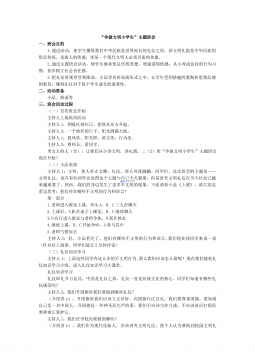
 2024-11-16 10
2024-11-16 10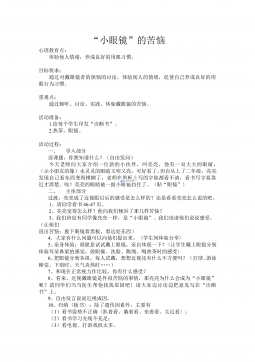
 2024-11-16 9
2024-11-16 9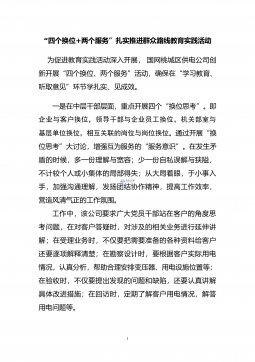
 2024-11-16 8
2024-11-16 8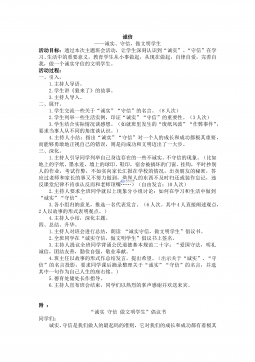
 2024-11-16 11
2024-11-16 11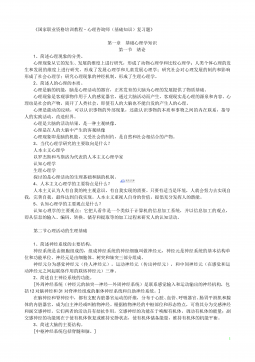
 2024-11-16 12
2024-11-16 12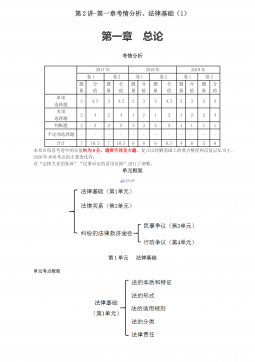
 2024-11-16 6
2024-11-16 6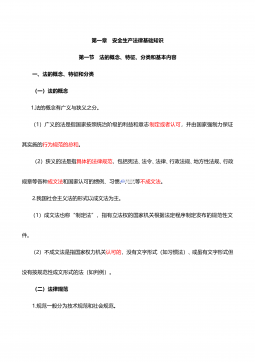
 2024-11-16 5
2024-11-16 5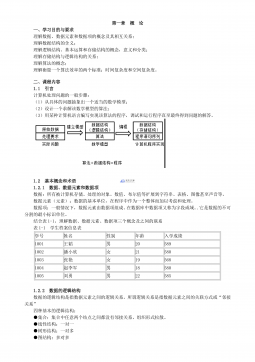
 2024-11-16 8
2024-11-16 8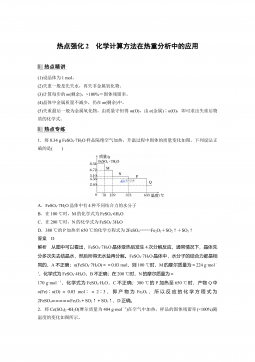
 2024-11-16 11
2024-11-16 11








 渝公网安备50010702506394
渝公网安备50010702506394
